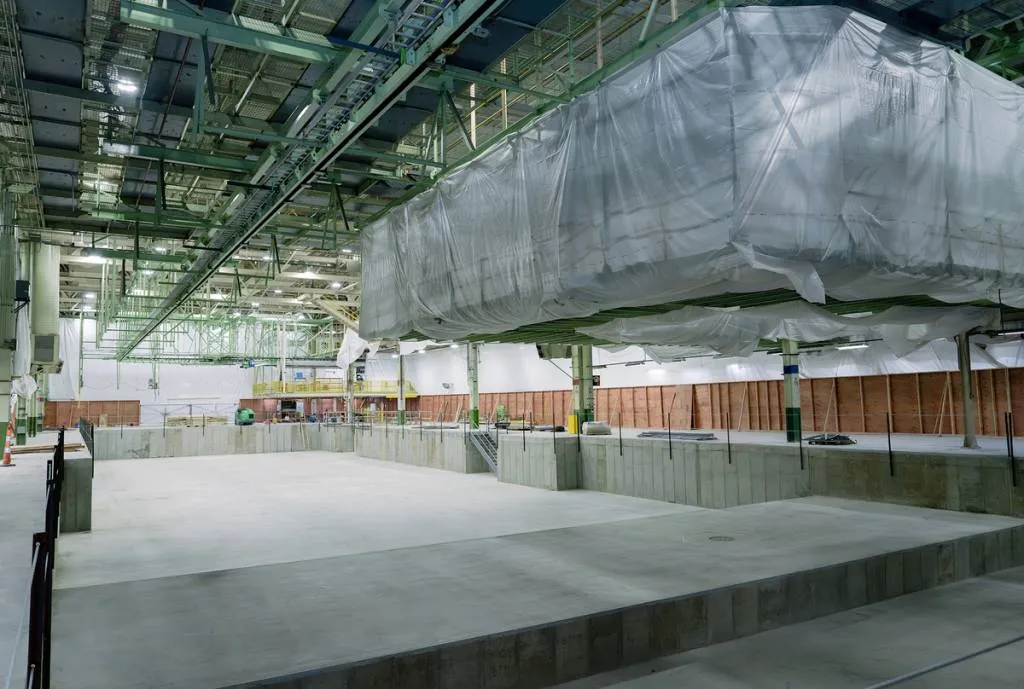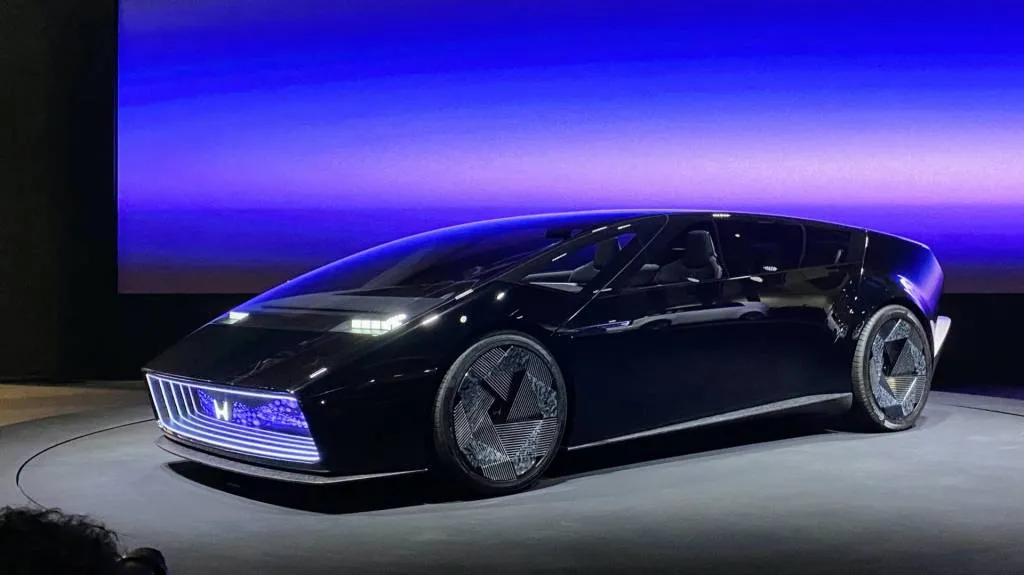Honda is well underway on a $700 million effort to retool three of its plants and create a new $3.5 billion battery plant for U.S. EV mass production. But it’s also emphasizing how much flexibility it has in the shift to accommodate that production.
As Honda confirmed Friday, it would be able to make hundreds of EVs per day at its revamped Marysville Auto Plant in Ohio. Those numbers might add up to a level surpassing 2023 U.S. EV sales totals for all but Tesla or, to put it another way, to outpace recent EV production at any other U.S. EV plant.
Or it might take a more conservative approach, making many hundreds of gasoline models. Or both. It’s market-dependent, the company emphasized.
"We have full flexibility within the capacity of the lines to adjust as we need,” said Bob Nelson, executive vice president of American Honda, to Green Car Reports.
Honda wouldn’t commit to actual production numbers for EVs versus gasoline and hybrid models, but it emphasized that its “uniquely flexible assembly line” at Marysville amounts to “a strategic advantage to quickly respond to shifting market demand.”

2024 Honda Prologue
A strategic EV advantage with shifting demand?
At Marysville alone, total output of that mix of powertrains could be roughly on par with the plant’s peak production of about 950 vehicles a day—to an annual vehicle capacity of 220,000.
Honda underscored that the flexibility is in line with its original plan, and it intends to make EVs both at its Marysville and East Liberty plants. Honda’s so-called EV hub, announced in 2022, encompasses four different Ohio facilities—Marysville, the East Liberty Plant, the Anna Engine Plant, and a joint-venture battery plant with LG Energy Solution. It also makes Honda hybrid systems and engines in Ohio.

Honda preparing EV hub in Ohio

Honda preparing EV hub in Ohio
Marysville is first up for EV production starting in 2025, and with more than 40 years of production of gasoline models at Marysville—Honda’s first in the U.S.—it will be a benchmark for EV production methods and establishing a regional supply chain.
The automaker previously had two assembly lines at Marysville, but it’s replacing that with a single revamped line that can freely mix EV and internal combustion engine vehicle (ICE) production. In East Liberty it’s needed to retool the line, and at both facilities it’s in the process of creating additional space in its line layout to accommodate that massive battery-pack unit, as well as extra space at the end of the line for extra software verification needed by EVs. Honda says that employment is set to be stable versus when it had two lines.

Honda Space-Hub Concept - 2024 CES
Casting bigger than Giga Texas
Honda will also be making integrated power units (IPU), including additional hardware and software, in Ohio, for these upcoming EVs. They’ll be die-cast in two pieces, to be welded together but made with 31-foot-tall, 6,000-ton die-cast machines—taller than the mega-casting machines ordered by Tesla for its Texas factory and the largest Honda has ever worked with anywhere in the world, it says. The battery module subassembly will also be done at the facilities, with cells produced at the nearby joint venture.
The manufacturing information goes along with what Honda has outlined about these upcoming EVs and their upcoming platform. In January, R&D executive Daisuke Tsutamori told Green Car Reports that these future EVs start with a very thin, rigid battery pack—about 10% thinner than other EVs, so as to free up more packaging options. Honda is targeting a 300-mile range for its 0 Series, which will also have steer-by-wire tech and be ready for autonomous driving.
Honda again emphasized that the battery plant, aiming for 40 gigawatt-hours of annual production capacity, will supply only Honda’s American EV production. That’s enough battery capacity to supply in the vicinity of 300,000 to 500,000 EVs of that size annually. As the company has underscored, the upcoming widely available Honda EVs won’t be niche models. Neither will they be electric versions of Accords or CR-Vs.

Honda Saloon Concept - 2024 CES
Not an electric Accord or CR-V
The U.S.-made Honda EVs will go on sale in 2025 and will be mid- to large-sized and built on a platform that the automaker has only thus far called “Honda’s original dedicated EV platform.” The platform is set to underpin EVs that may bear some likeness to the 0 Series EVs first shown at CES this January—including a rakish Saloon concept, which looks like a sci-fi-and-supercar-influenced alter ego of the Accord, and a Space-Hub concept that might show the direction for a future electric minivan.
Production of the Sony-Honda EV, branded Afeela, is also expected to be made within the Ohio EV hub, starting in 2026.
It all adds up to an unlikely ascension for a company that doesn't currently even sell any EVs. Honda's first mass-market offering, the GM-made Prologue, is en route to dealerships this month. Although Honda could potentially make even more EVs annually if including the East Liberty plant, it's likely to be outdone either by the time it ramps up or soon after—perhaps by rival Hyundai, which is planning to make 300,000 EVs annually at its upcoming Georgia EV plant alone.













